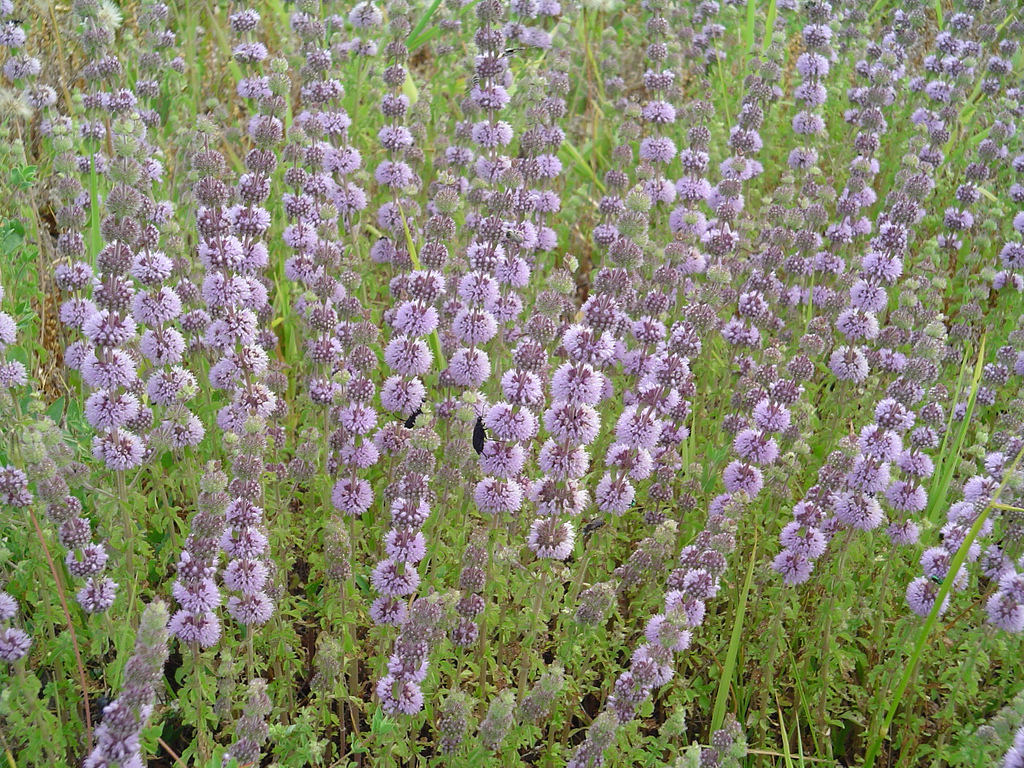Not "highly venomous" although certainly unpleasant and worth getting rid of.
"
Medical Importance: The yellow sac spiders probably account for more human bites that any other type of spider. The bite of C. inclusum is more destructive then the bite of C. mildei. Humans usually incur C. inclusum bites outdoors while gardening in the summer. C. mildei will readily bite, despite their small size, and they have been observed crawling across the human skin surface and biting without provocation.
Fortunately, most bites are relatively painless and do not result in any serious medical conditions. For C. inclusum victims and some individuals sensitive to C. mildei, the bites will exhibit the symptoms described below.
The bite is usually very painful at the outset, with developing erythema, edema, and pruritus. The burning sensation associated with the bite will last for up to an hour, with rash and blistering occurring during the next 1-10 hours. Some patients may exhibit systemic reactions with fever, malaise, muscle cramps, and nausea. These symptoms are similar to black widow bite symptoms but are much less severe. A necrotic lesion and ulceration may also occur at the site, but this is less serious than the similar symptoms that accompany a brown recluse bite, and it usually does not result in scarring." [sounds really bad if you're one of the sensitive people, but fortunately this isn't common.]
http://www.pestid.msu.edu/insects-and-arthropods/yellow-sac-spiders/
Prevention and treatment
"Yellow sac spider prevention is best accomplished by
sealing holes, cracks and gaps in the home ‘s doors, windows and foundation that enable the spiders to enter the home. [difficult in a van] In addition,
removing inside clutter that serves as harborage for spiders is also helpful. Should the homeowner need assistance to control yellow sac spiders or any other spiders, contact your pest management professional (PMP) and request an inspection. Your PMP will use his inspection findings to prepare a comprehensive pest management plan that will effectively and efficiently deal with the specific pest problem. Your PMP inspection includes
looking for egg sacs in the upper corners of rooms, spaces behind pictures, ceilings, window moldings, and curtains and blinds. His recommendations will also include using a
vacuum to remove sacs and removing and discarding vacuum cleaner bags to prevent reinfestations."
http://www.orkin.com/other/spiders/yellow-sac-spiders/
Some more on them:
"To control yellow sac spiders (and other spiders
and insects that commonly enter the home), the
following exclusion and sanitation techniques are
recommended:
• Remove spider webs, egg sacs, leaf litter and
vegetation adjacent to the house foundation.
• Store wood piles away from the house.
• Frequently clean inside closets, attics, basements, and
other storage areas.
• Vacuum behind furniture, under baseboard heaters or
radiators, in closets, and in other undisturbed areas.
• Remove harborages, such as clutter, that provides
hiding places for spiders and insects.
• Reduce possible food sources (other insects).
• Turn off exterior lights at night.
• Use caulk to seal cracks or crevices in the
foundation or where pipes, etc., enter the house.
• Install seals (weather stripping) around doors and
windows that have large gaps.
• Repair broken screens or windows.
• Reduce moisture content in the house.
• Reduce your chance of being bitten in bed by
removing the bedskirt and moving the bed 8 inches
away from the wall."
https://extension.usu.edu/files/publications/factsheet/yellow-sac-spiders08.pdf
It sounds like they are so common that even if you completely eradicate them, you may see get another infestation. Very few if any reputable sources recommend sprays (this is my experience with most other spiders also - sprays generally aren't effective (and really undesirable in a small enclosed space like a van)) Changing the conditions that allow them access and that provide good living conditions for them is the key.


























